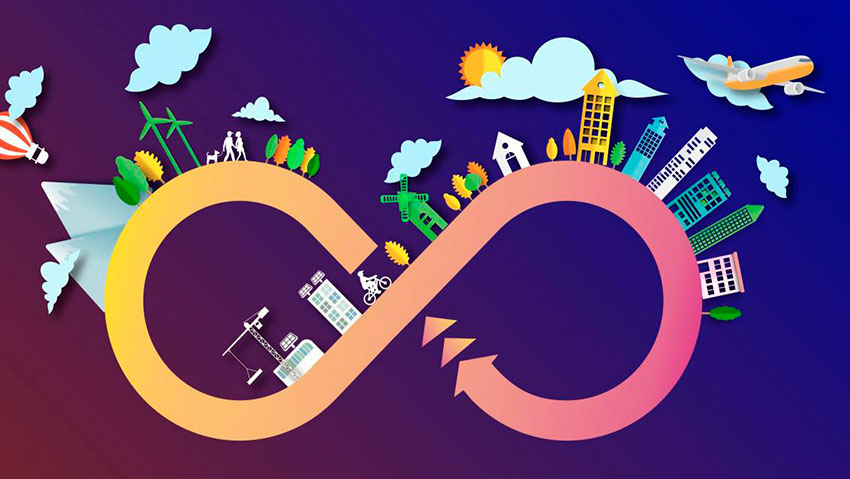
The Problem of Breaking the Cycle of Hunger

The Problem of Breaking the Cycle of Hunger
Millions of people worldwide are impacted everyday by the complex nature of hunger. Malnutrition and other health issues follow people like a shadow when they do not have enough food to meet their basic nutritional needs. While the causes of Hunger are attributed to various social problems like poverty, inequality, climate change, and natural disasters, but a person who is inflicted by the problem of hunger is quintessentially a victim of circumstances.
According to the United Nations World Food Programme, there are around 690 million hungry people in the world, and the COVID-19 epidemic has made food insecurity worse in many regions of the globe. Moreover, 26% of children under the age of five are stunted (low height for age), and 17.3% are wasted (low weight for height), according to the National Family Health Survey (NFHS-5), which was published in 2020–21. The NFHS-5 also revealed that 34.7% of Indian women between the ages of 15 and 49 are anemic, a condition that can be brought on by a lack of iron and result in weakness and exhaustion. India has malnutrition rates that are two to seven times greater than those of the other BRICS members, according to a 2015 World Bank research. The Food and Agriculture Organisation (FAO) of the United Nations reiterated the same in its 2021 report. More importantly, it should be noted that with its current rate of decline in its hunger quotient, India will not be able to meet the UN-set goal of "zero hunger by 2030".
The Indian government and affiliated state agencies have launched a number of programmes to combat malnutrition and hunger nationwide, including the National Food Security Mission was started with the goal of increasing the production of rice, wheat, and pulses. The Zero Hunger Programme is a government initiative with the goal of eradicating hunger throughout the country. In contrast, the National Nutrition Mission (POSHAN Abhiyaan) was established with the goal of enhancing nutritional outcomes for kids, expectant women, and nursing mothers. The Eat Right India Movement aims to promote healthy eating among the populace while also promoting food that is good for the environment. To improve the nutritional status of school-age children across the country, the Mid-day Meal Programme was created. Additionally, there is the Public Distribution System (PDS), which was started as a means of controlling shortages by economically distributing food grains. As part of the government's plan to oversee the country's food sector, PDS has gained in significance. The Targeted Public Distribution System (TPDS), with an emphasis on the impoverished, was launched by the Indian government in June 1997. A move towards directing the Targeted Public Distribution System to concentrate on eradicating hunger among the BPL population's poorest sections was taken with the Antodaya Anna Yojana (AAY). The "Antyodaya Anna Yojana" (AAY) was launched for one crore of the poorest families in December 2000. The problem's size grew from 25 kilograms per household per month to 35 kilograms per family per month with effect from April 1, 2002. The Central government also announced free distribution of foodgrains to about 81.35 crore beneficiaries under the National Food Security Act (NFSA) from January 1, 2023.
Despite such efforts, India is lagging behind due to certain structural gaps and allied issues. For instance, citizens need rations cards to avail the benefit of the Public Distribution System under the National Food Security Act, but there are millions of poor who do not own one because people living in states like Delhi, have exhausted their quota of the number of people who can be issued a ration card. 22 of the 29 Indian states had less than 5% of their quota left for the issue of ration cards in 2021. This leads to exclusion of the most disadvantaged people in India as a direct result of a flawed public distribution system. Other factors also include poverty, lack of access to an adequate amount of food and drinking water, the decline in agricultural production caused either directly or indirectly by climate change, and many more.
Despite the impressive achievements that humans have made in the development of technology that have created artificial intelligence models and made other advancements in recent years, humans are still yet to fully address some of the most pressing issues facing the world, such as hunger. To make a difference in the fight against hunger, one needs to be recognized that addressing this issue requires utmost attention in the current scenario.
Doing its bit, IndiGive Foundation, envisioned the Ahmedabad Food Bank Program for people in need to fight hunger while empowering them to promote lasting improvement and change. The objective of the program is to act as a stopgap model enabling households in need to rise against hunger. It defines families and people in need as persons with minimized capacities, victims of uncontrollable systematic gaps that prevent their self-empowerment and it primarily caters to citizens who aren’t connected to any social welfare programs or, despite assistance, aren’t able to lead a dignified life.
References:
India denying subsidised food grains to millions of its poor India denying subsidised food grains to millions of its poor | Hunger News | Al Jazeera
What is the Government Scheme to end hunger? What is the Government Scheme to end hunger? (groundreport.in)
Government programs to help relieve India's hunger situation GOVERNMENT PROGRAMS TO HELP RELIEVE INDIA’S HUNGER SITUATION - Pledge A Smile Foundation
Free foodgrains to 81.35 crore beneficiaries under National Food Security Act: Cabinet Decision https://pib.gov.in/PressReleaseIframePage.aspx?PRID=1886215


.png)
.png)

Comments